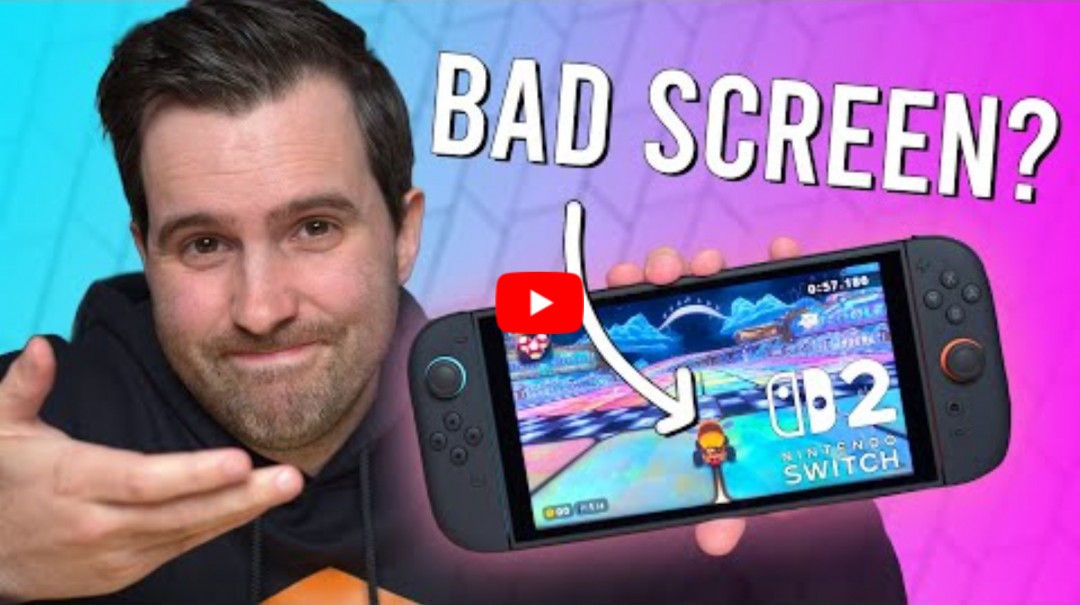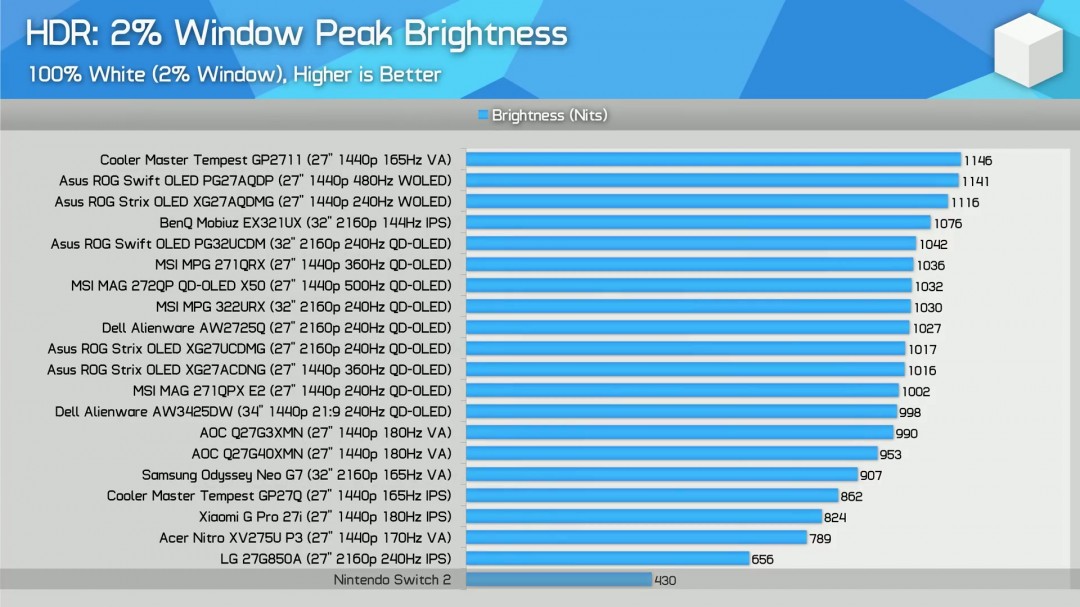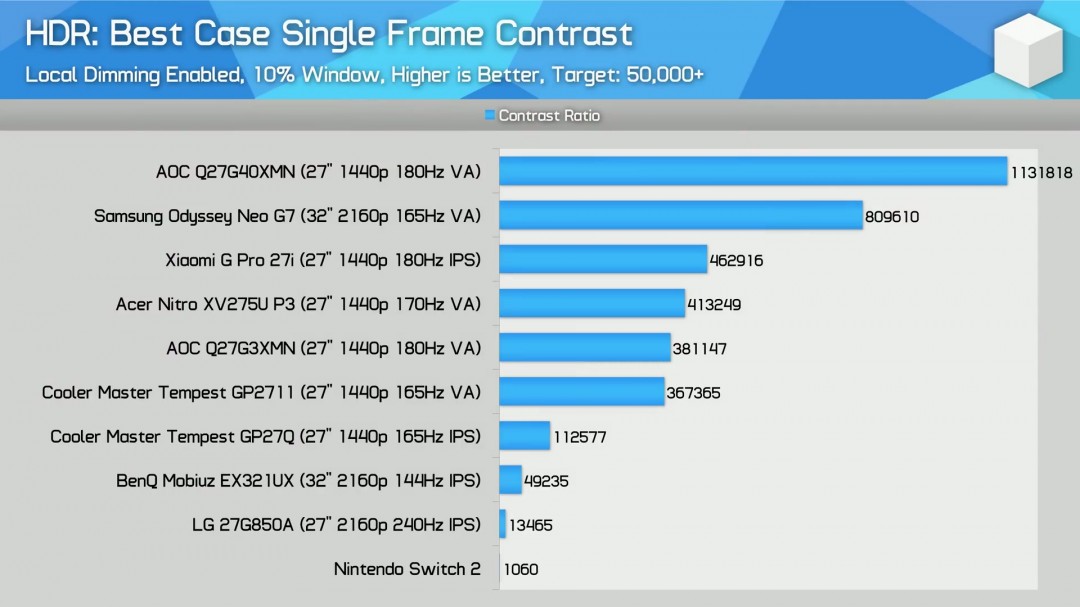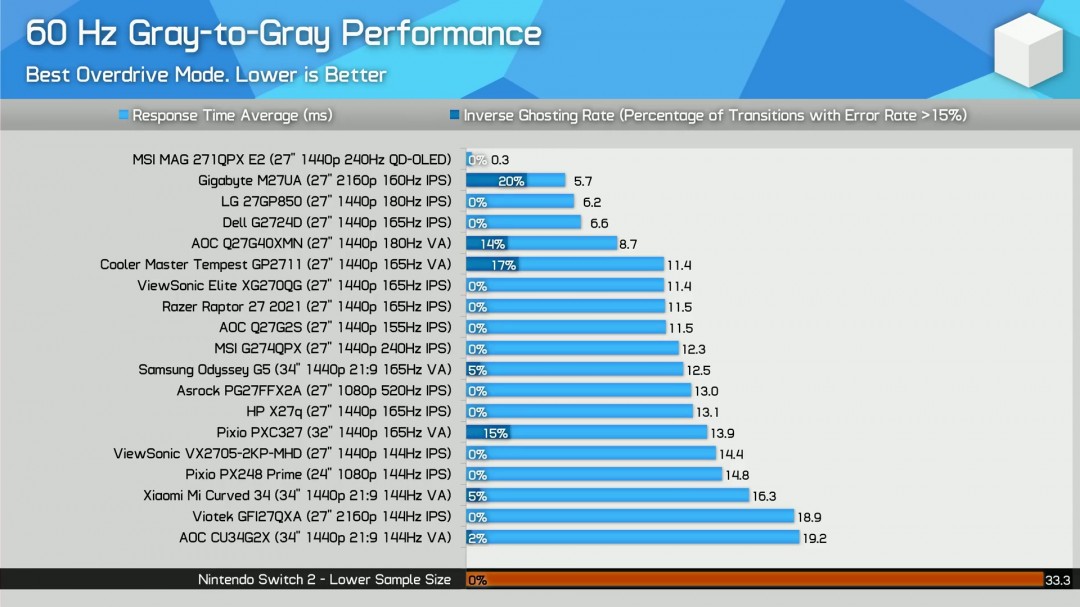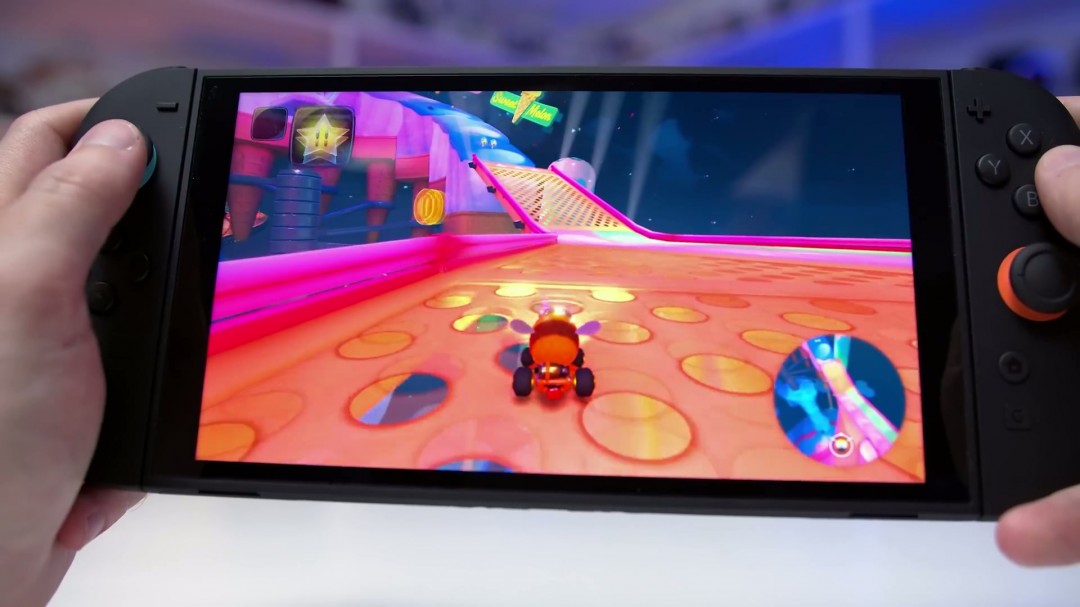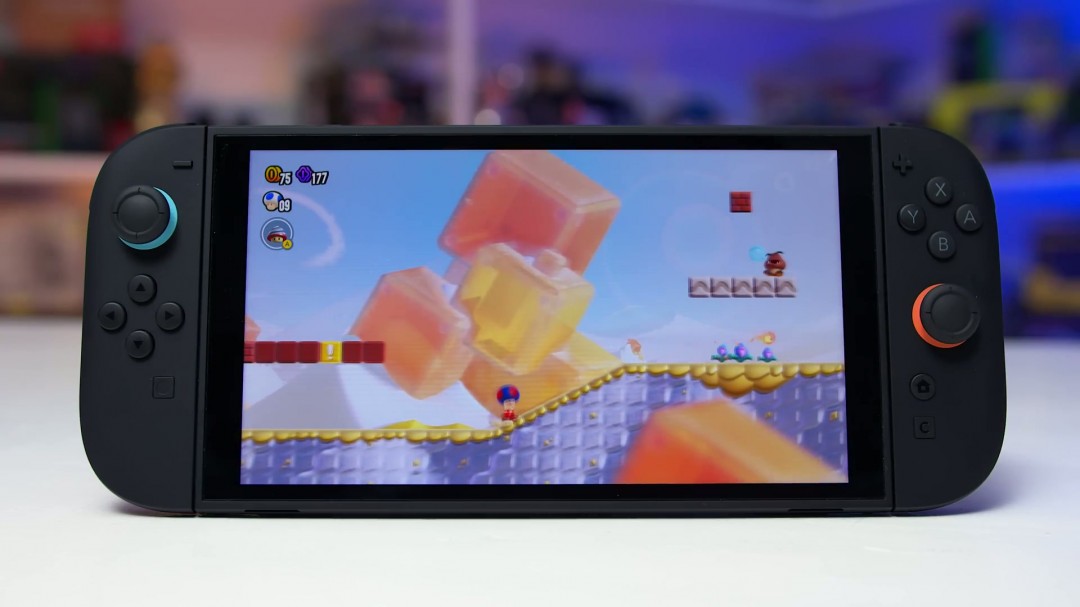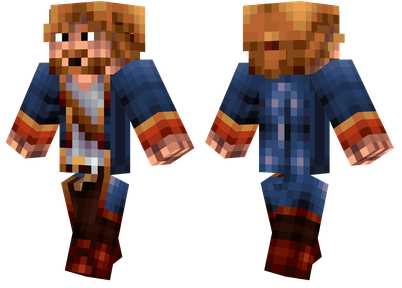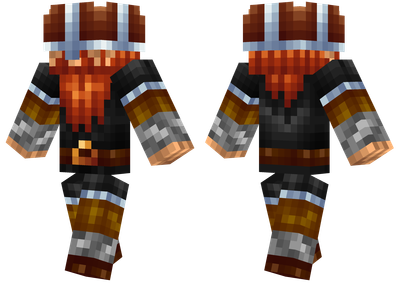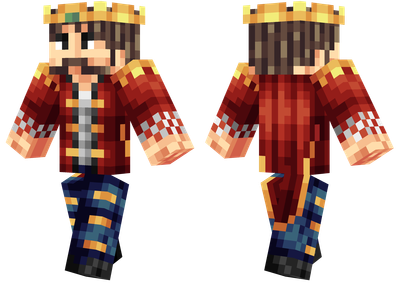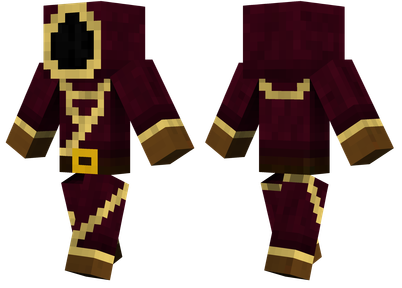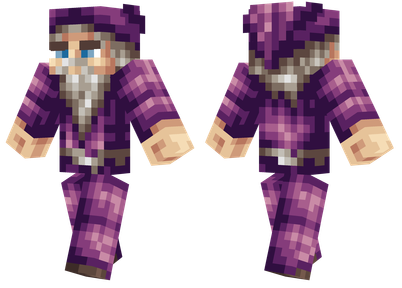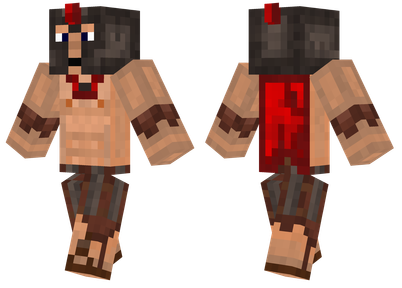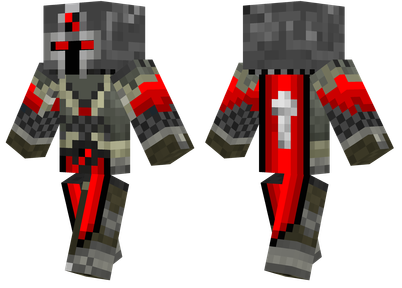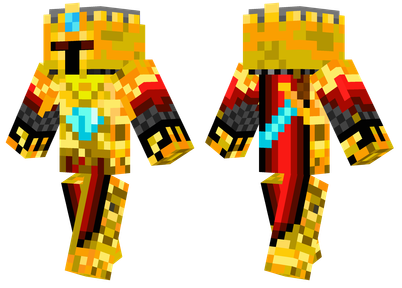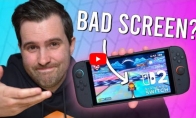The Switch 2 screen continues to spark criticism.After the famous organization Digital Foundry criticized the Switch 2 for failing screens and the scrolling would cause shadows, YouTube blogger Monitor Unboxed released a video "How slow is the Switch 2 screen?" to continue to criticize Nintendo, a new console that broke the world history record.
The latest video of YouTube blogger Monitor Unboxed reveals what makes the Switch 2 screen even more disappointing: response time.
While Monitor Unboxed couldn't be tested with its commonly used monitor tools, they manually performed 20 grayscale switches to measure the response time when the Switch 2 monitor is set to 60Hz (as there is currently no game that supports up to 120Hz).The test average is 33 milliseconds, which makes the screen responsiveness much lower than a typical PC display (6 to 20 milliseconds).What's even more surprising is that the monitor is even about 50% slower than the first-generation Switch's response speed (21ms).
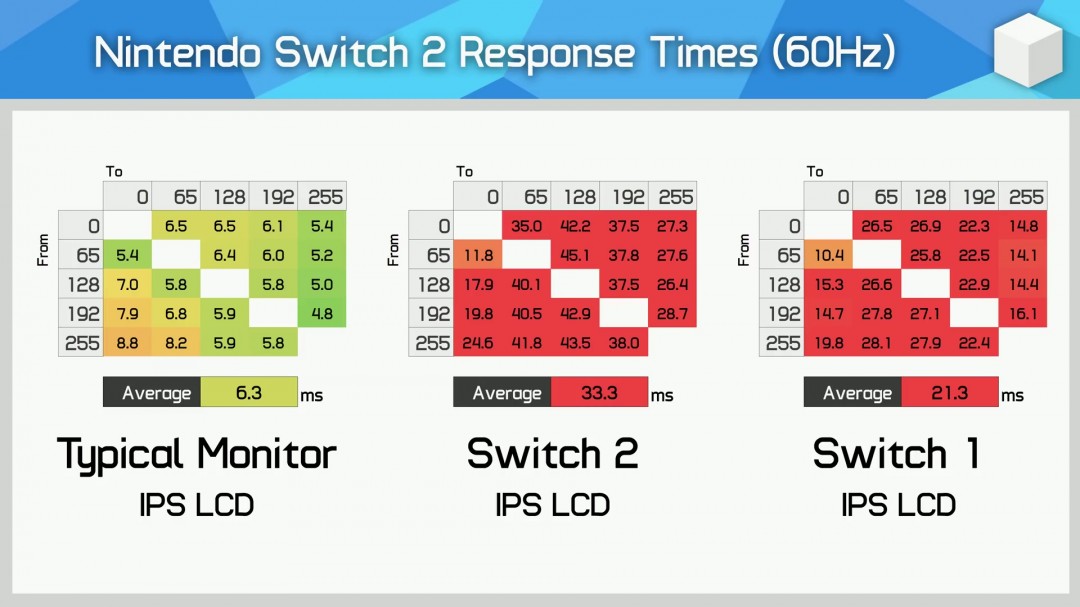
Monitor Unboxed believes that one of the main reasons behind this extremely disappointing result is the lack of Overdrive technology, which is basically standard on current display devices.
Overdrive technology is now standard on most monitors, but requires higher voltages, which affects the overall battery life of the device, which is key to handhelds.This is especially important for the Switch 2, as the Switch 2 comes with a larger screen (7.9-inch vs 6.2-inch), higher resolution (1080p vs 720p), and higher brightness (430 nits vs 310 nits) compared to the original Switch, which all affect battery life.
The Overdrive function of the monitor is a display performance optimization technology, mainly used to improve the response speed of LCD displays when image changes are rapid, thereby reducing drag and blurring.This is especially important for playing fast action videos or playing high-speed action games, as it ensures that the display can display moving images quickly and clearly.
According to Blur Busters UFO tests, the Switch 2 screen has a response time of about twice the 16.7 millisecond frame interval at 60 Hz, so it cannot be fully updated before the next refresh.This results in a persistent fuzzy tailing and poor motion clarity.
Additionally, Monitor Unboxed believes that 120 Hz performance does not significantly improve the motion, as the panels cannot keep up with faster refresh cycles anyway.
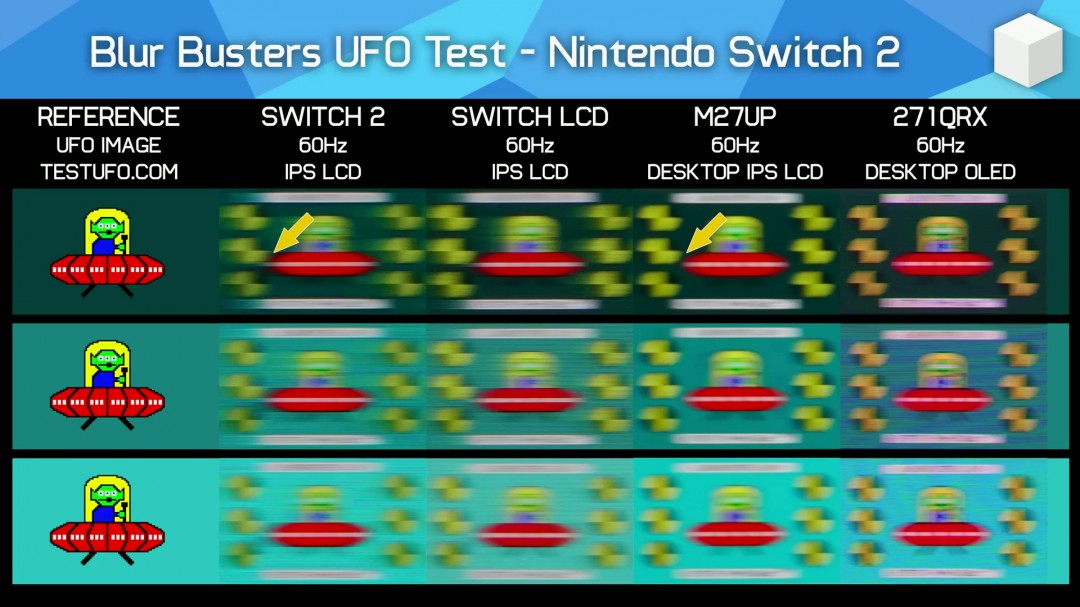
Shadow comparison
The only real solution to this problem is to equip the Switch 2 with an OLED display, which will undoubtedly lead to better response time (and the resulting motion clarity), not to mention better contrast, which also improves the host's mediocre HDR performance.At the same time, compared with the first generation Switch, the only advantage of the current LCD screen (except the above improvements) is almost its support for wide color gamut, covering 98% of the DCI-P3 color space, higher than the previous generation's 79%.
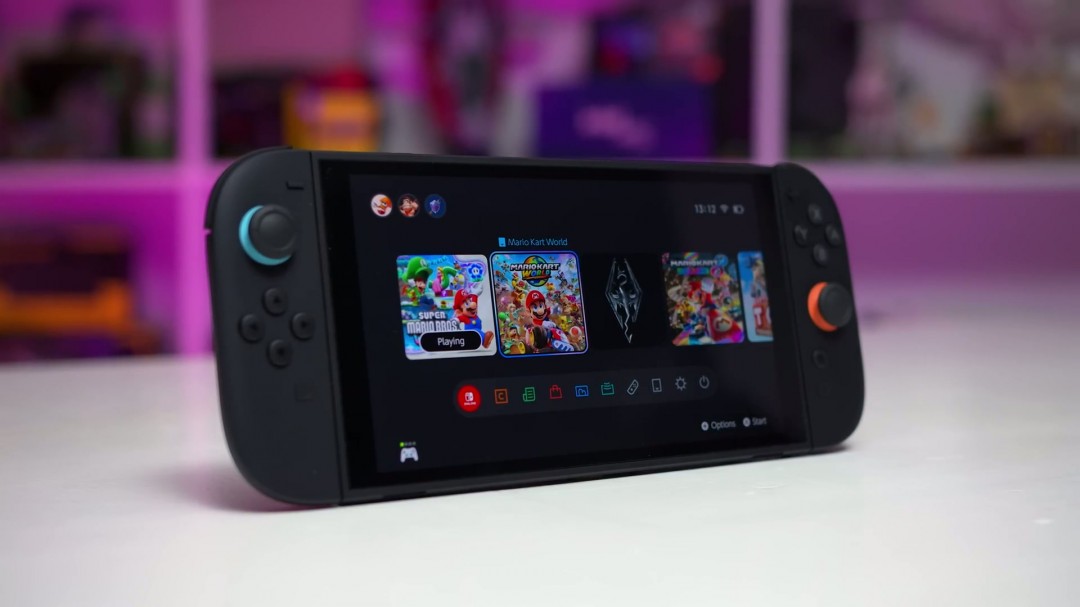
The Switch 2 is equipped with a 7.9-inch LCD screen with a resolution of 1080p, supports HDR, and a variable refresh rate of up to 120Hz.
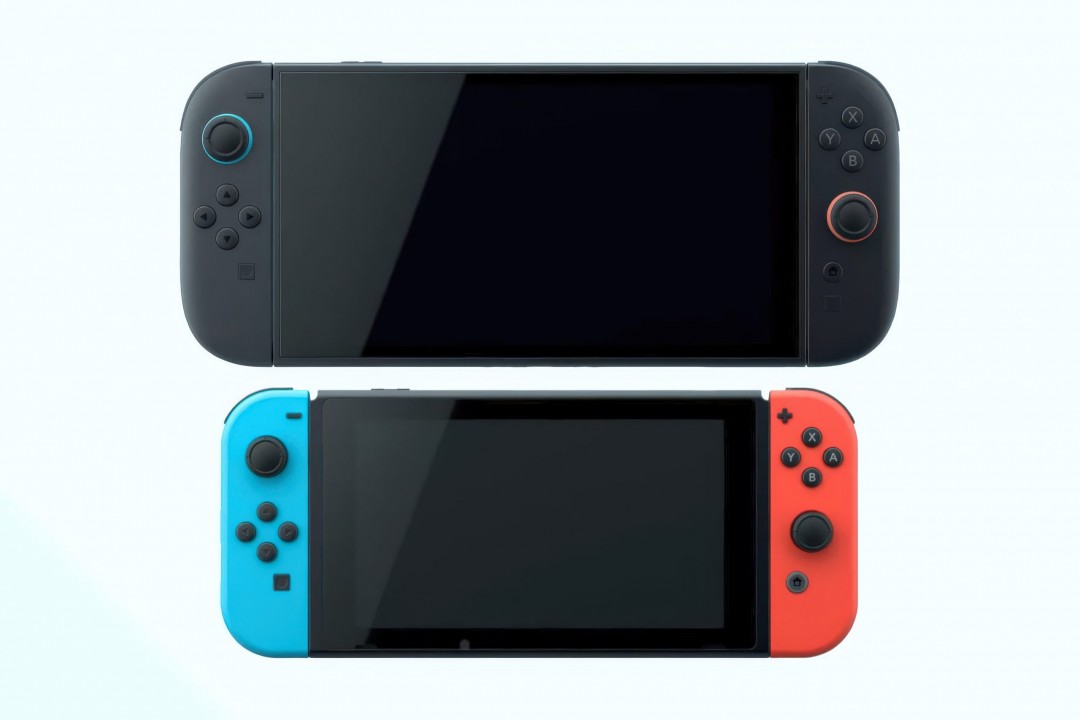
Switch 2 vs Switch
Video screen:
